Groom Suits: How to Choose the Perfect Wedding Outfit
Picking a suit for your wedding doesn’t have to feel like rocket science. The right suit should match your style, fit comfortably, and stay within budget. Below you’ll get the basics on fabric, cut, colour, and the little details that make a big difference.
Start with the Right Fabric
Most UK weddings happen between spring and autumn, so think about the season. Wool works year‑round, but a lightweight wool‑blend keeps you cool in summer. Linen looks relaxed but can wrinkle, so choose a linen‑wool mix if you want the vibe without the hassle. For winter events, a heavier wool or tweed adds warmth and a classic feel.
Fit Comes First
Even the most expensive fabric looks cheap on a poor fit. Get measured by a professional tailor – shoulder seams should line up with the edge of your shoulders, and sleeves should show about a quarter inch of shirt cuff. A slim‑cut jacket works for modern looks, while a classic single‑breasted cut is timeless. Don’t be afraid to ask for adjustments; a little tailoring can turn a good suit into a great one.
When you try the suit on, move around. Sit, lift your arms, and walk. If you feel restricted, the suit isn’t right. Comfort matters because you’ll be wearing it for hours while dancing, eating, and taking photos.
Colour and Style Choices
Traditional weddings often stick to black, navy, or charcoal. If your venue or theme is more relaxed, you can go for a lighter grey, tan, or even a subtle pattern like a windowpane check. Remember to match the formality of the event – a beach wedding might call for a light linen suit, while a formal cathedral ceremony leans toward classic dark tones.
Don’t forget about the tie or bowtie. Our post “Groom Tie or Bowtie: Choosing the Perfect Accessory for Your Wedding” explains when each works best. Bowties add a retro touch, while ties keep things sleek. Choose a colour that complements your bridesmaid dresses or wedding palette.
Accessorising Like a Pro
Buttons, pocket squares, cufflinks, and shoes pull the whole look together. A simple white pocket square adds a fresh pop, and matching cufflinks give a polished finish. For shoes, classic Oxford or Derby styles in black or brown work well. If you’re wearing a suit with a contrasting colour, consider a shoe that matches the suit’s tone for a cohesive look.
Remember to coordinate your belt with your shoes – it’s a tiny detail but makes a big visual impact.
Budget Smartly
Set a budget early and stick to it. Renting a high‑end designer suit can save money while still giving you that luxe feel. Look for sales at reputable tailors or consider a custom‑made suit from a local boutique – sometimes the price gap isn’t as wide as you think. Our article “Is $30,000 Enough for a Wedding?” shows how to balance big‑ticket items without overspending.
Don’t forget extra costs: alterations, dry‑cleaning, and accessories can add up. Factor these into your overall budget to avoid surprises.
Timeline: When to Order
Order your suit at least three months before the wedding. This gives the tailor enough time for fittings and any necessary adjustments. Schedule a first fitting, then a final fitting a week before the big day. If you’re renting, book early to ensure availability of your size and colour.
Having a clear timeline reduces stress and lets you focus on enjoying the planning process.
With these tips, you’ll feel confident and comfortable in a suit that matches your style and the wedding vibe. Whether you go classic black, modern navy, or a summer linen, the right groom suit sets the tone for a memorable day.

- Nov, 5 2025
- Comments 0
What Are the 5 Color Suits a Man Should Own for Any Occasion?
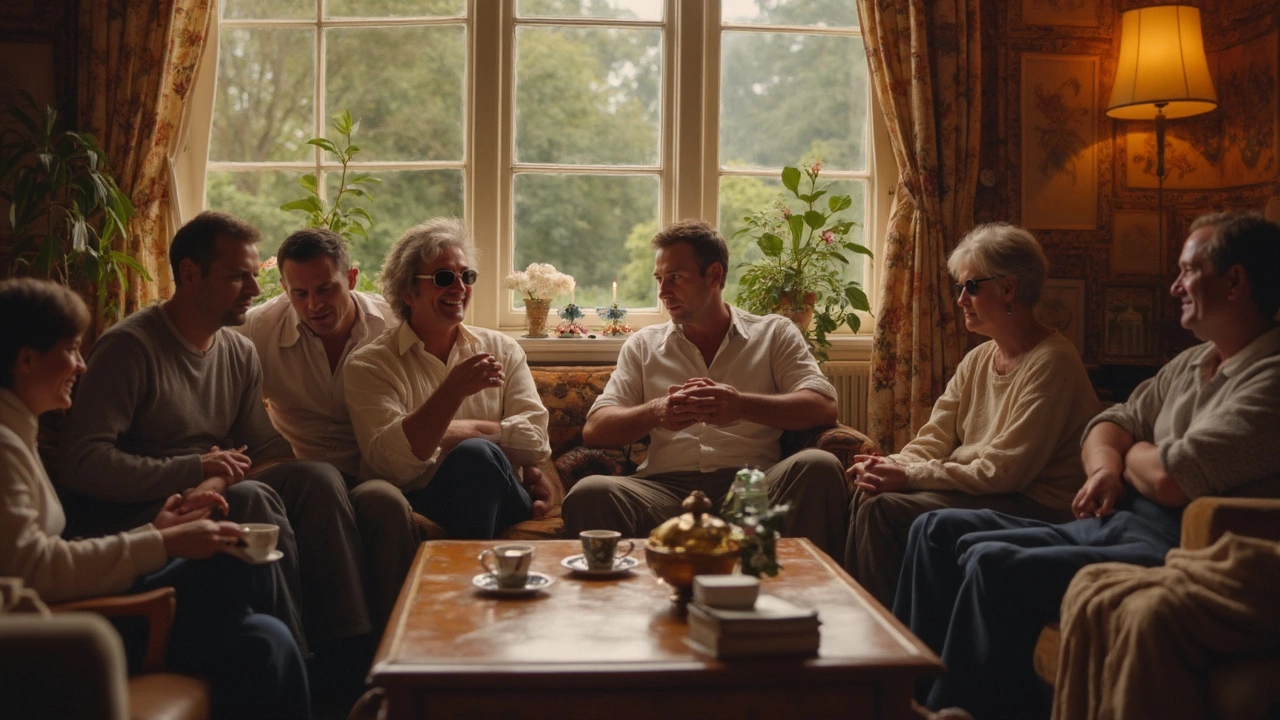
- Jun, 13 2025
- Comments 0
Who Stays With the Groom Night Before the Wedding? Your Guide to Pre-Wedding Traditions

- Jun, 2 2025
- Comments 0
What Colors Make You Look Chubby? Groom Suits Edition
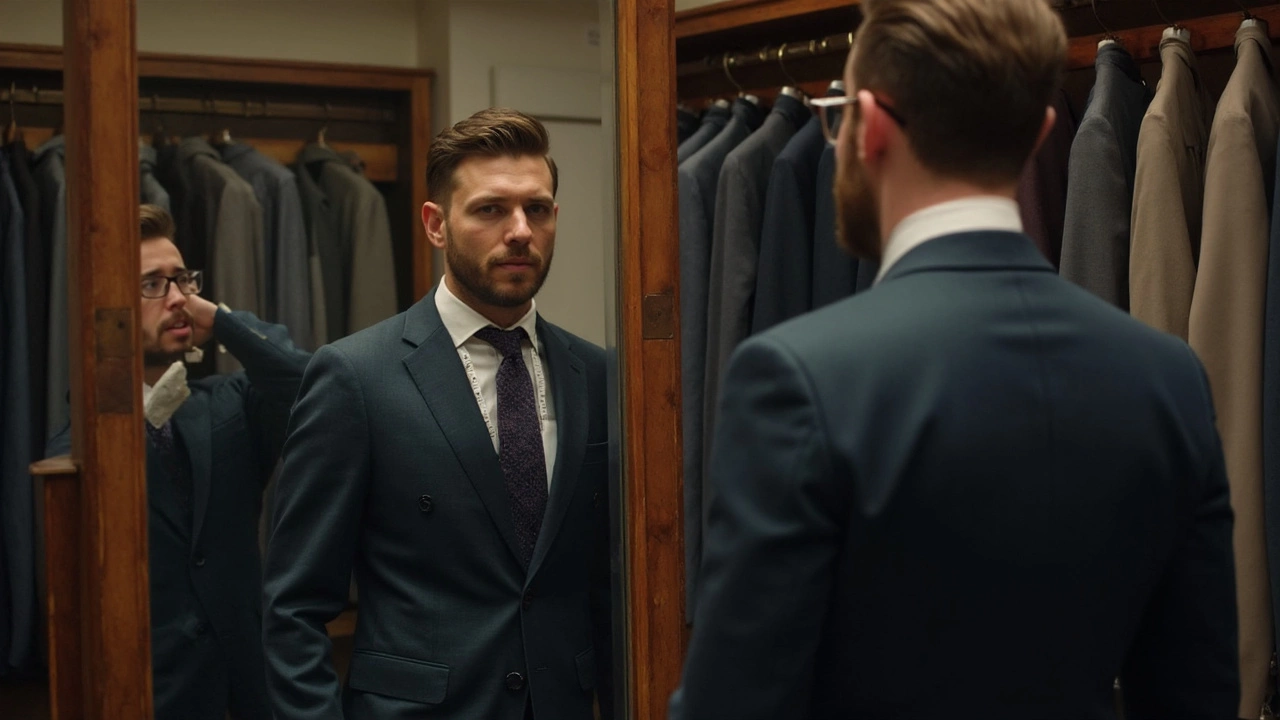
- May, 30 2025
- Comments 0
How to Not Look Fat in a Suit: Groom Suit Fit Tips That Actually Work
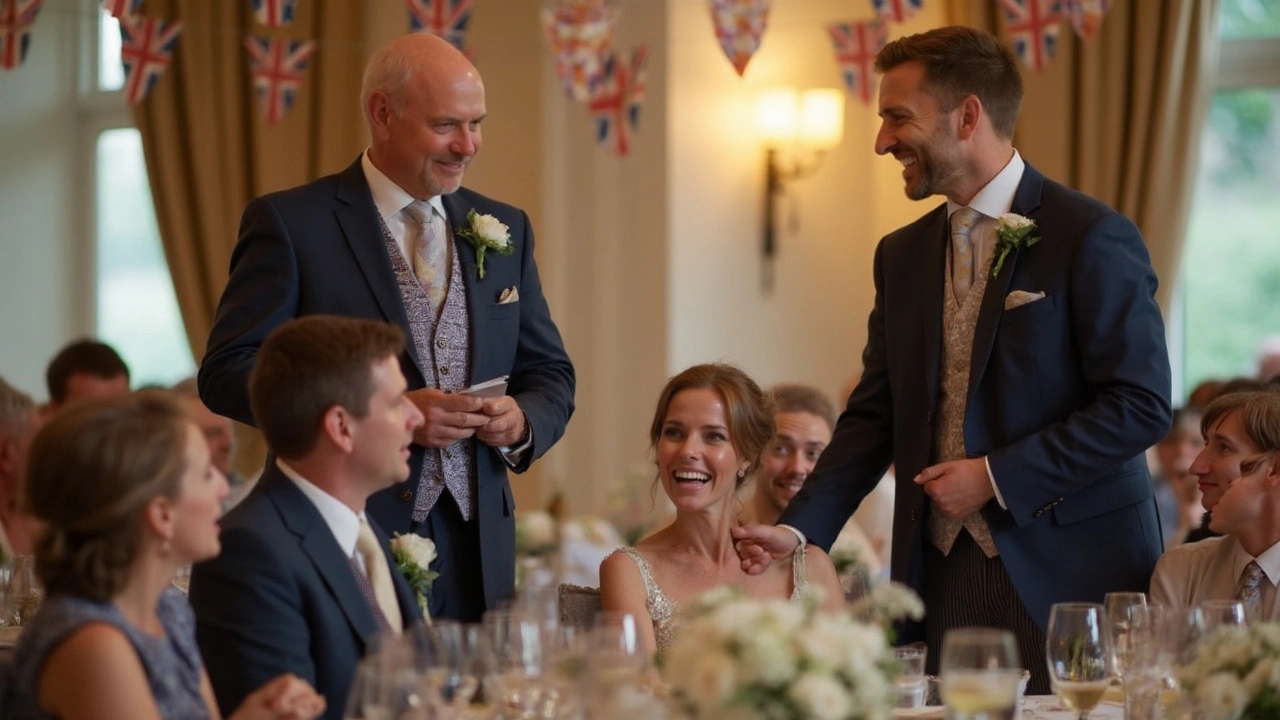
- Apr, 20 2025
- Comments 0
Does the Father of the Groom Give a Speech? Groom Suit Style Meets Wedding Traditions
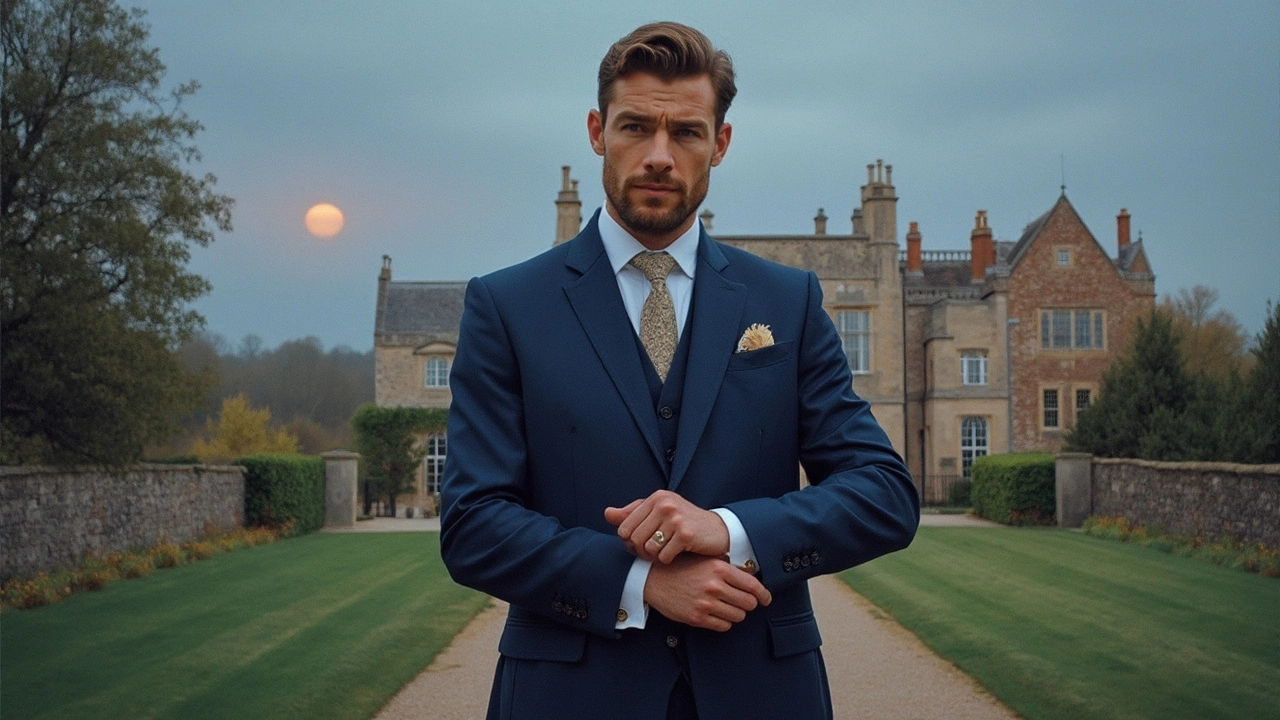
- Mar, 26 2025
- Comments 0
What Not to Do as a Groom: Navigating Suit Choices
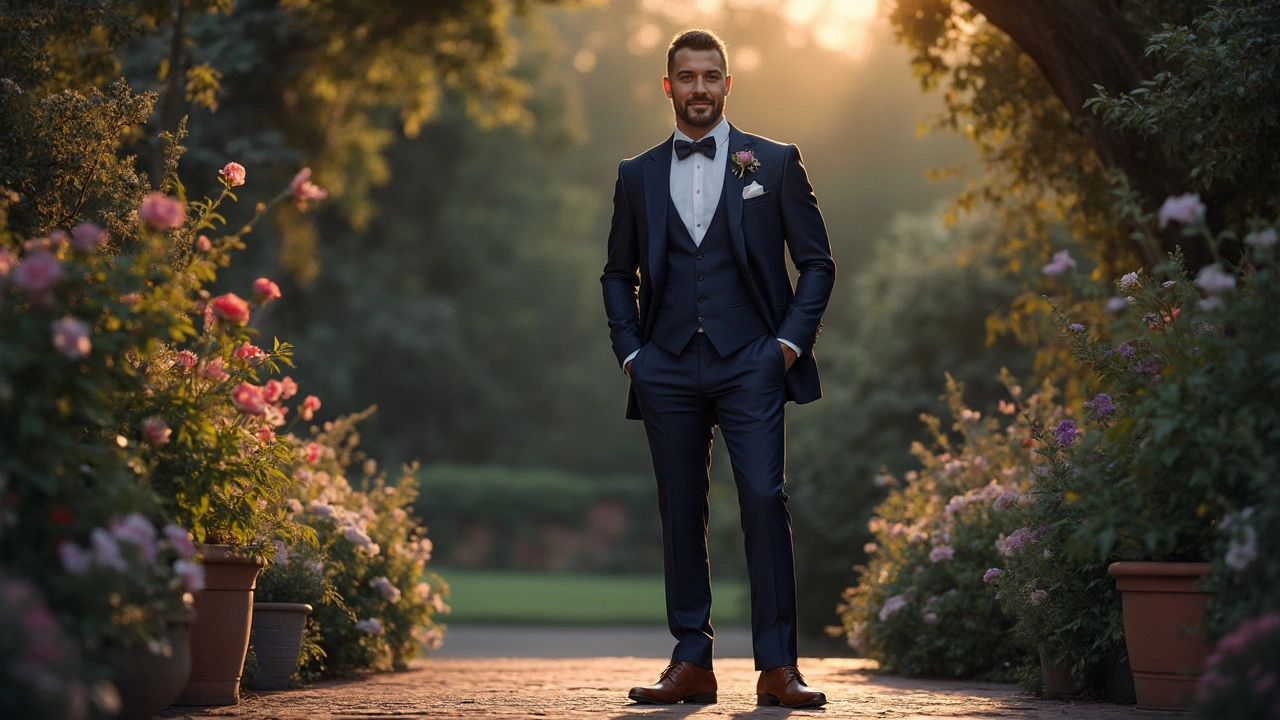
- Mar, 21 2025
- Comments 0
Do Groom Suits Always Have to Be Black?
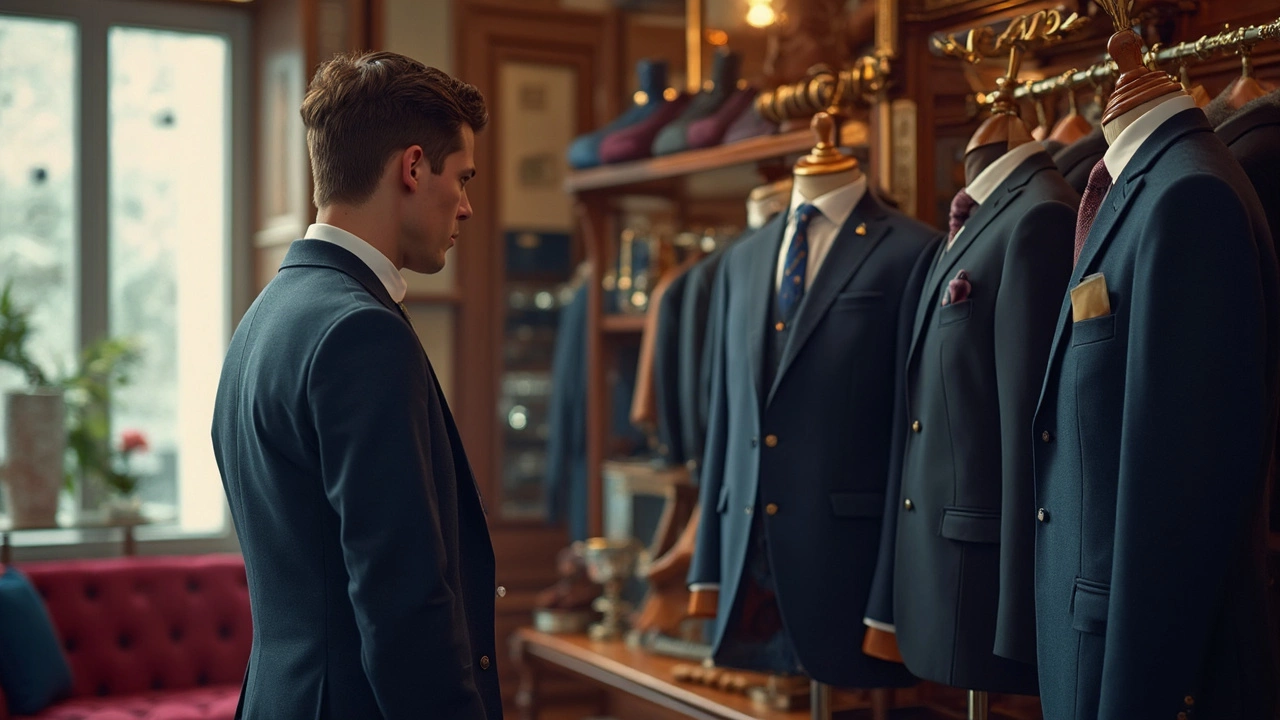
- Feb, 21 2025
- Comments 0
How Much Should I Spend on My Son's Wedding Attire?
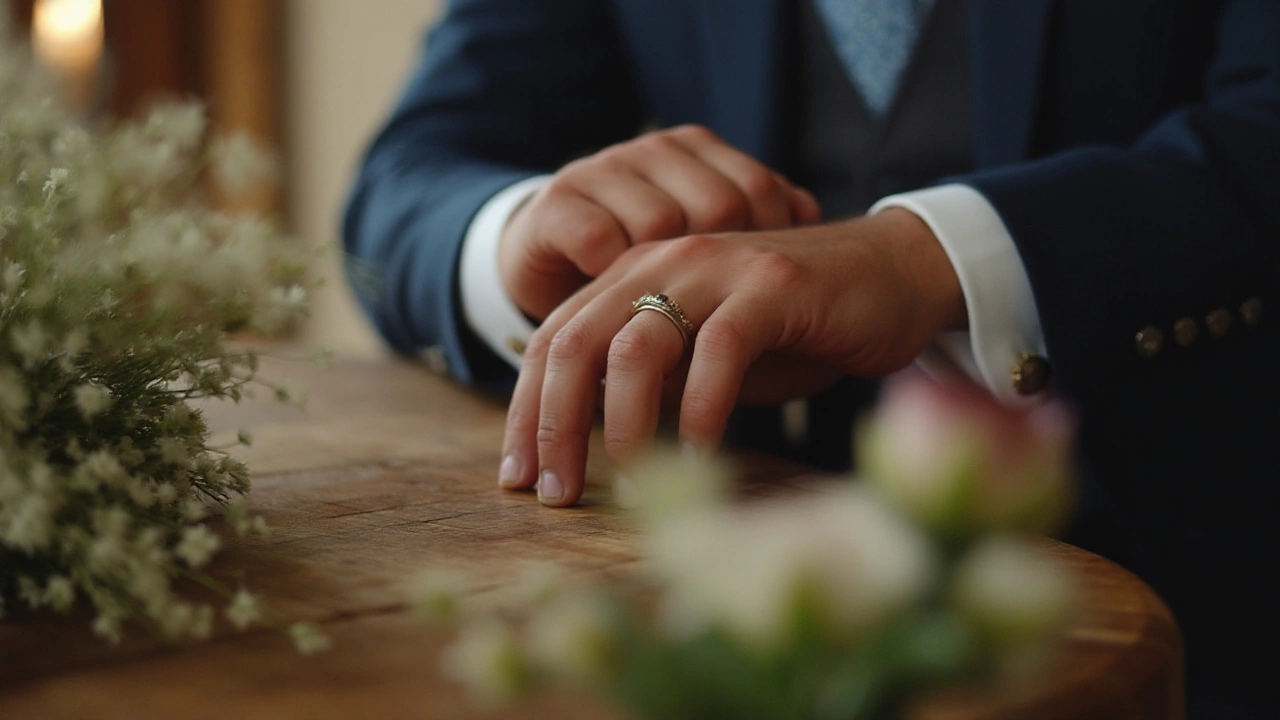
- Jan, 17 2025
- Comments 0